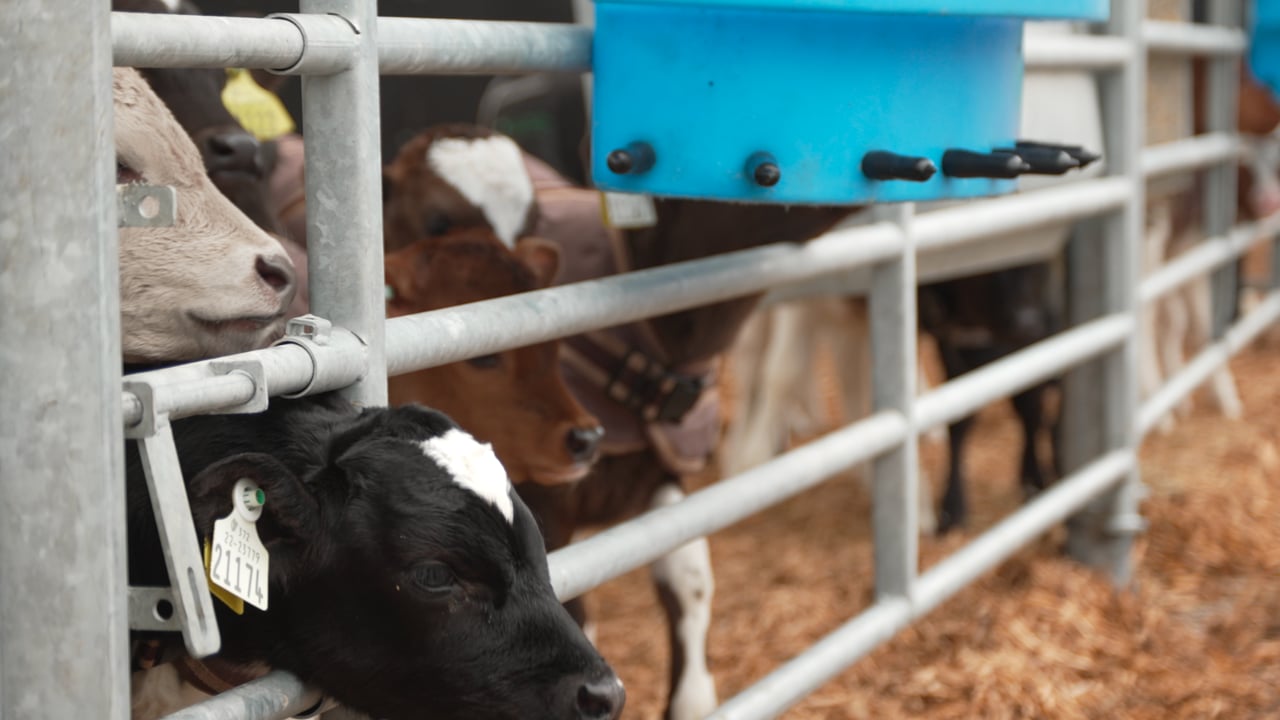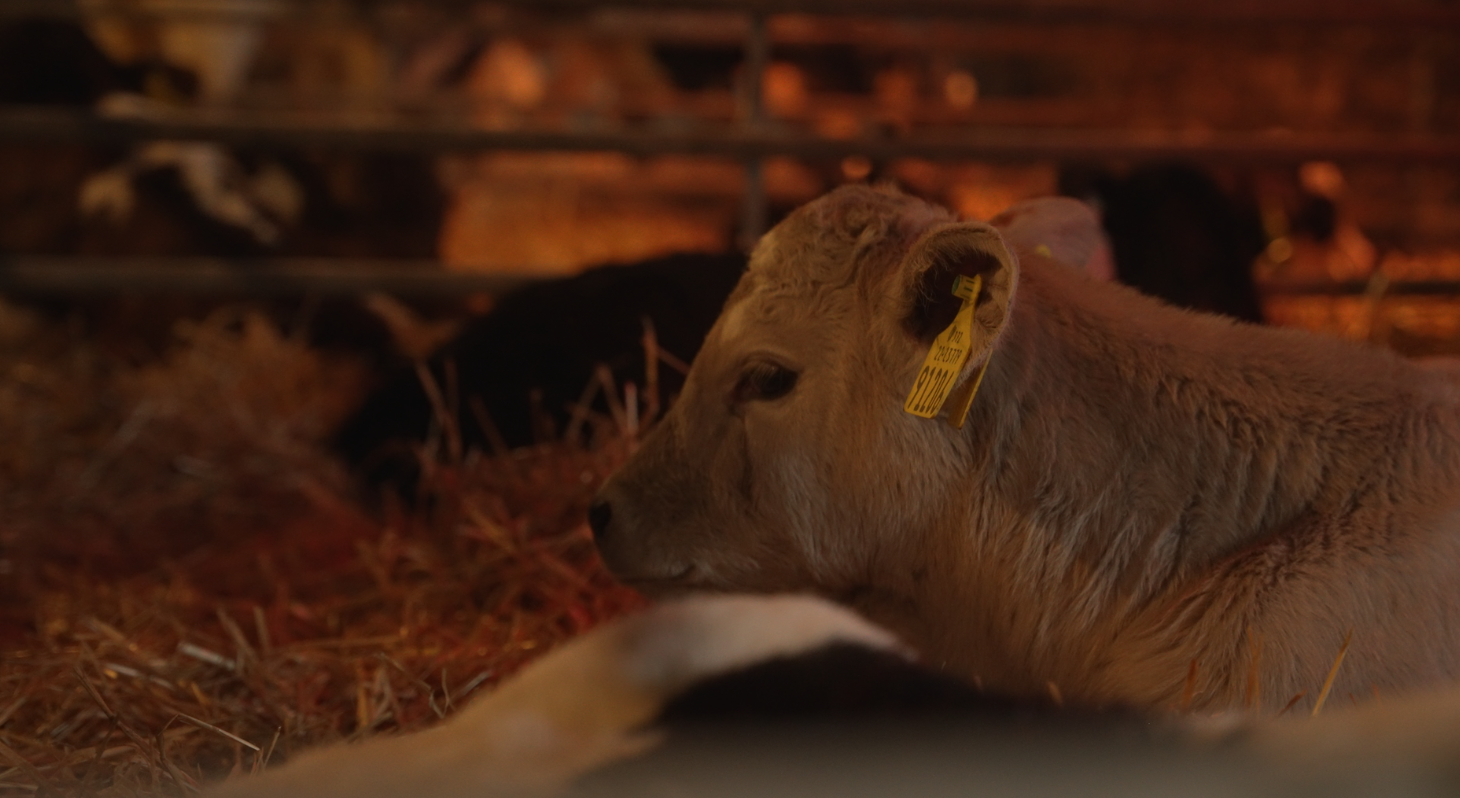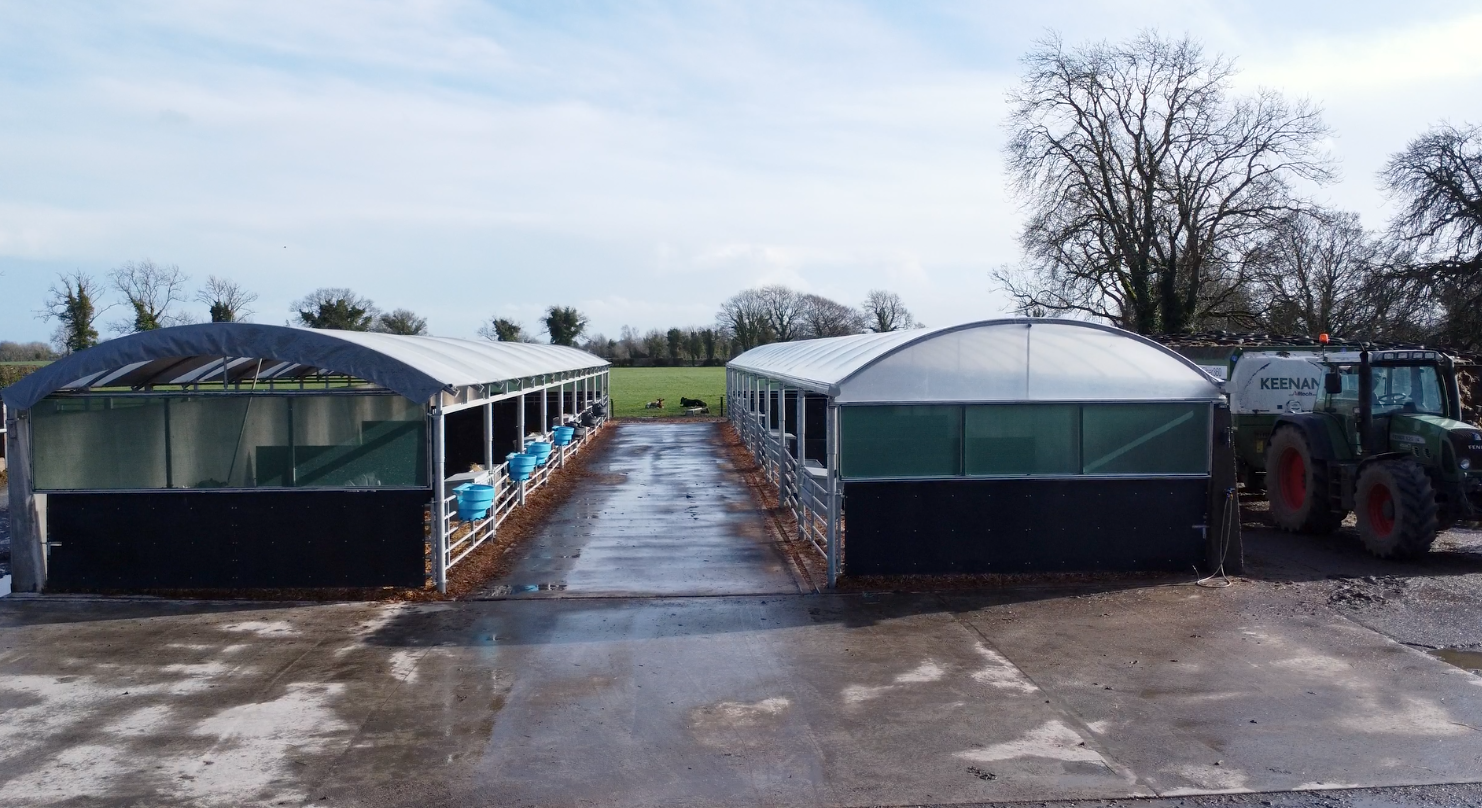Farming for the Future Series


Breeding and rearing a valuable cross-bred bull calf
Lakeland Dairies, Lakeland Dairies Agribusiness, and Agriland Media have teamed up for a brand new series, ‘Farming for the Future’ going behind the scenes on a farm with a spring-calving herd to showcase the busy, but rewarding, nature of dairy farming.
In the first episode of the Farming for the Future series, 'The Spring Surge', Eoin Corrigan described his calf management routine from birth to three weeks of age.
The dairy farmer strives for quality calves on the ground and fully avails of the Dairy Beef Index (DBI) to have high Commercial Beef Value (CBV) calves come springtime.
The Meath man believes that a lot of the hard work is done by being intensive with his sire and cow selection for breeding, and that when calves are born in February and March, it's about getting the next phase right in order to have a quality, saleable calf.
Eoin acknowledged that there are bulls out there that can give you quality and easy calving, and said "all straws are the same money" but highlighted that it's about spening time to pick the good one from the bad one.
The dairy farmer aims to have an 18-19% replacement rate, which means that around 50 heifers are introduced to the herd each year.
In order to achieve this number, Eoin will carry a replacement rate of 25% which will ensure that he has the best quality heifers calving down and milking at two years of age.
Breeding a quality calf
Dairy sexed semen straws are used on his best-performing cows, which are identified through milk recording data, parity, and physical performance, while all cow heats are identified through observation.
His replacement heifers are put on a fixed timed artificial insemination (FTAI) programme, which alleviates any hassle and missed heats and ensures that the best genetics in the herd are in calf to high Economic Breeding Index (EBI) bulls, enhancing genetic gain on the farm.
Eoin understands the Jersey cross cows have less beef merit, but is still vigorous with the selection of his beef bulls as he looks for a bull that's easy calving, with a short gestation, and has a decent carcass weight.

He tends to match his Charolais and Belgian Blue bulls with his older, bigger framed cows and matches Angus and Hereford to the smaller and younger cows in the herd that are not being bred for replacements.
Eoin selects his straws from Progressive Genetics and uses Sire Advice on the Irish Cattle Breeding Federation's (ICBF) site to select bulls and match them up with cows along with the help of his breeding advisor.
Eoin was adamant that every calf on the farm is treated with the same attention and care and said: "Every animal comes through the same process and is looked after to the best of our ability."
The farmer will keep his bull calves until three weeks of age, and once they are at about 50kg, healthy and strong, he will sell them from the yard, having no difficulties selling due to the intense breeding and care from birth to three weeks of age.
After seven days of age, the calves are moved from the nursery set-up that Eoin has on his farm and into polytunnels that are put up each January. The two polytunnels run along either wall of the silage pit.

Eoin found it hard to justify paying big money to put up a calf shed that gets used for four to six months of the year. At the same time, he would have to do up a silage yard.
Essentially, the new design means that for six months of the year, this area is used for storing silage and for another six months, it serves as a calf shed holding up to 80 calves in each side.
Tune in to tomorrow nights episode, 'Farming for the Future: A Sustainable Future‘, at 7:00p.m when Eoin will discuss this innovative idea and talk about what the dairy industry will look like for farmers in the future.